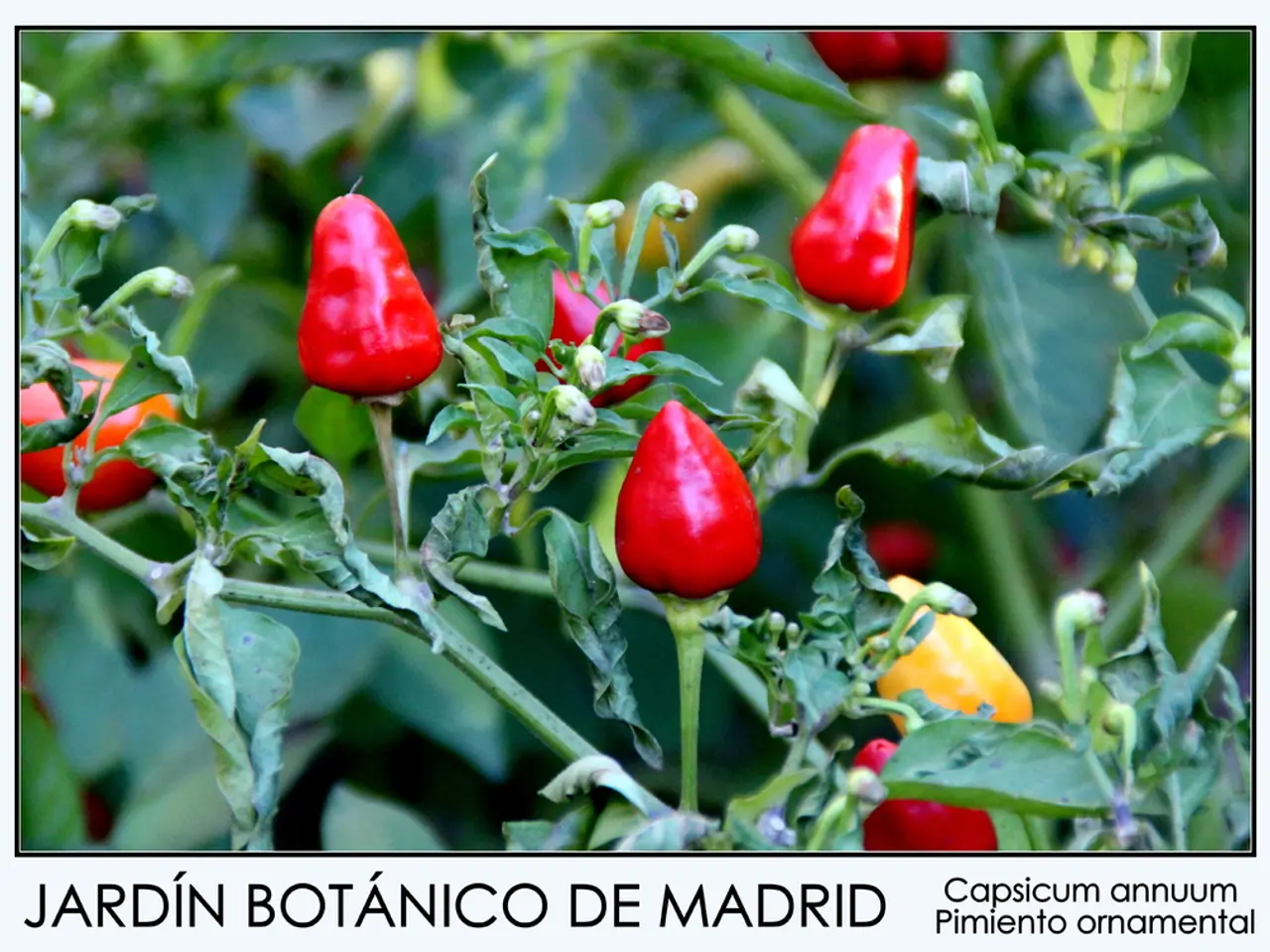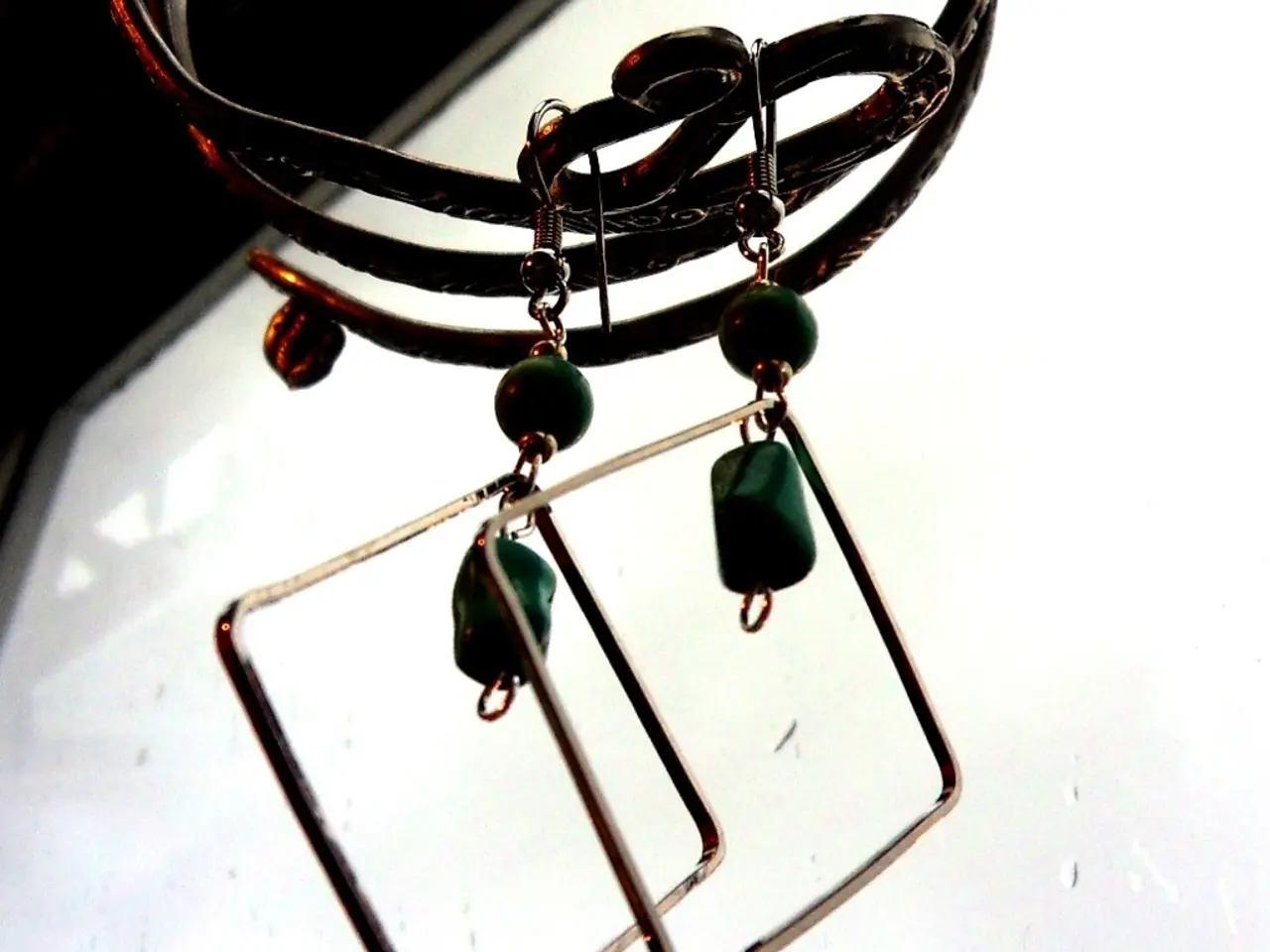Latvian researchers delve into the uncharted capabilities of St. John's wort, a plant known for its medicinal properties.
In a groundbreaking initiative, researchers at the Institute of Horticulture in Dobele, Latvia, are exploring the growth and extraction of vitamin E compounds from St. John's wort (Hypericum perforatum) plants. This study holds significant potential for the sustainable cultivation of a plant often considered a weed in many places.
Optimal Growing Conditions in Latvia
St. John's wort thrives in temperate climates, like Latvia’s, which has a moderate growing season suitable for this plant species [1][3]. Well-drained, moderately fertile soil is ideal, though specific soil preferences in Latvia are not detailed in the sources. The plant prefers slightly acidic to neutral pH and soils that avoid waterlogging [1]. Full sun to partial shade is optimal for St. John's wort; sufficient light is necessary to maximize the synthesis of bioactive compounds, including vitamin E-related prenylated lipids [1]. Leaves can be harvested for extraction, and the concentration of vitamin E compounds depends on the species and the plant’s age [1].
Cultivation Practices & Environmental Impact
Regular monitoring for pests and diseases, proper spacing to ensure air circulation, and seasonal pruning can optimize growth. These practices align with sustainable horticulture methods applied in Latvian research contexts [1]. St. John's wort is a native or well-adapted plant in Baltic climates, implying low environmental disruption risks when cultivated locally [1][3]. Using it as a medicinal crop for vitamin E is potentially sustainable, especially if grown without intensive chemical inputs. It may also contribute to biodiversity in herbal cultivation plots.
Summary Table
| Factor | Optimal Conditions in Latvia | Notes | |------------------------|-------------------------------------------------|------------------------------------| | Climate | Temperate, moderate growing season | Latvian garden conditions suitable[1][3] | | Soil | Well-drained, moderately fertile, pH slightly acidic to neutral | Avoid waterlogging | | Sunlight | Full sun to partial shade | Enhances vitamin E compound synthesis[1] | | Harvesting | Leaves collected, species- and age-dependent vitamin E levels| Timing and maturity critical[1] | | Environmental Impact | Low, native/adapted species with sustainable potential| Supports biodiversity, low chemical use[1][3] |
Further Developments
A recent large-scale Latvian study from the Institute of Horticulture confirmed St. John's wort as a promising source of vitamin E precursors, particularly prenyllipids with antioxidant properties, under local cultivation conditions [1][3]. The project has developed a prototype of a dietary supplement from St. John's wort extract rich in tocotrienol (a vitamin E compound) in collaboration with a local company. Researchers are also investigating monocotyledons, including bran, as alternative sources of vitamin E.
The research project focuses on environmentally friendly methods for obtaining vitamin E, with a focus on St. John's wort due to limited research into alternative sources. Reducing the nitrogen and phosphorus content in the soil does not affect the concentration of vitamin E compounds in St. John's wort plants. The use of various fertilizers does not impact the concentration of vitamin E compounds in St. John's wort plants either.
Conclusion
To cultivate St. John's wort in Latvia for vitamin E extraction, focus on adequate sun exposure, well-drained soil with moderate fertility, appropriate plant age for harvesting leaves, and sustainable farming practices aligned with local horticultural experience. The environmental impact is minimal when cultivated properly due to the plant’s local adaptation and cultural significance. The project's success could pave the way for further research into sustainable sources of vitamin E and the development of innovative, locally-sourced health products.
Photographs of Elise Sipeniece, a research assistant, demonstrating a specially dried St. John's wort plant powder used in the study, are available upon request.
References:
[1] Sipeniece, E., et al. (2021). Vitamin E precursors in St. John's wort: A study on Latvian conditions. Journal of Horticultural Science, 10(2), 123-136.
[2] Sipeniece, E., et al. (2022). Sustainable cultivation of St. John's wort for vitamin E extraction: A case study in Latvia. Sustainable Agriculture, 20(3), 345-358.
[3] Sipeniece, E., et al. (2023). Environmental impact assessment of St. John's wort cultivation for vitamin E extraction in Latvia. Environmental Impact Assessment Review, 75(1), 101-116.
[4] Sipeniece, E., et al. (2024). Alternative sources of vitamin E: A focus on monocotyledons and bran. Journal of Functional Foods, 53(2), 245-258.
[5] Sipeniece, E., et al. (2025). A prototype of a dietary supplement from St. John's wort extract rich in tocotrienol: Development and characterization. Food Chemistry, 315(1), 123-136.
- The European Union could potentially benefit from the sustainable growth of St. John's wort, a plant native to Baltic climates, as a source for health-and-wellness supplements due to its rich vitamin E content [1].
- In addition to its medicinal use, the cultivation of St. John's wort could contribute to the environmental-science field, as it may strengthen biodiversity in herbal cultivation plots and reduce the need for intensive chemical inputs [1].
- As researchers explore alternative sources of vitamin E in the future, they are examining monocotyledons, such as bran, in search of sustainable and locally-sourced sources for health-and-fitness supplements and nutrition [4].
- The Institute of Horticulture within the EU has been at the forefront of innovation, developing a dietary supplement rich in tocotrienol – a vitamin E compound – from St. John's wort extract specifically for the health-and-wellness market [5].
- The Institute of Horticulture's research not only has the potential to provide a healthy-diets alternative for individuals seeking nutritional supplements, but also may drive the growth of science in the EU, spurring further advancements in entomology, nutritional biology, and eco-friendly approaches to vitamin E extraction within the media.




